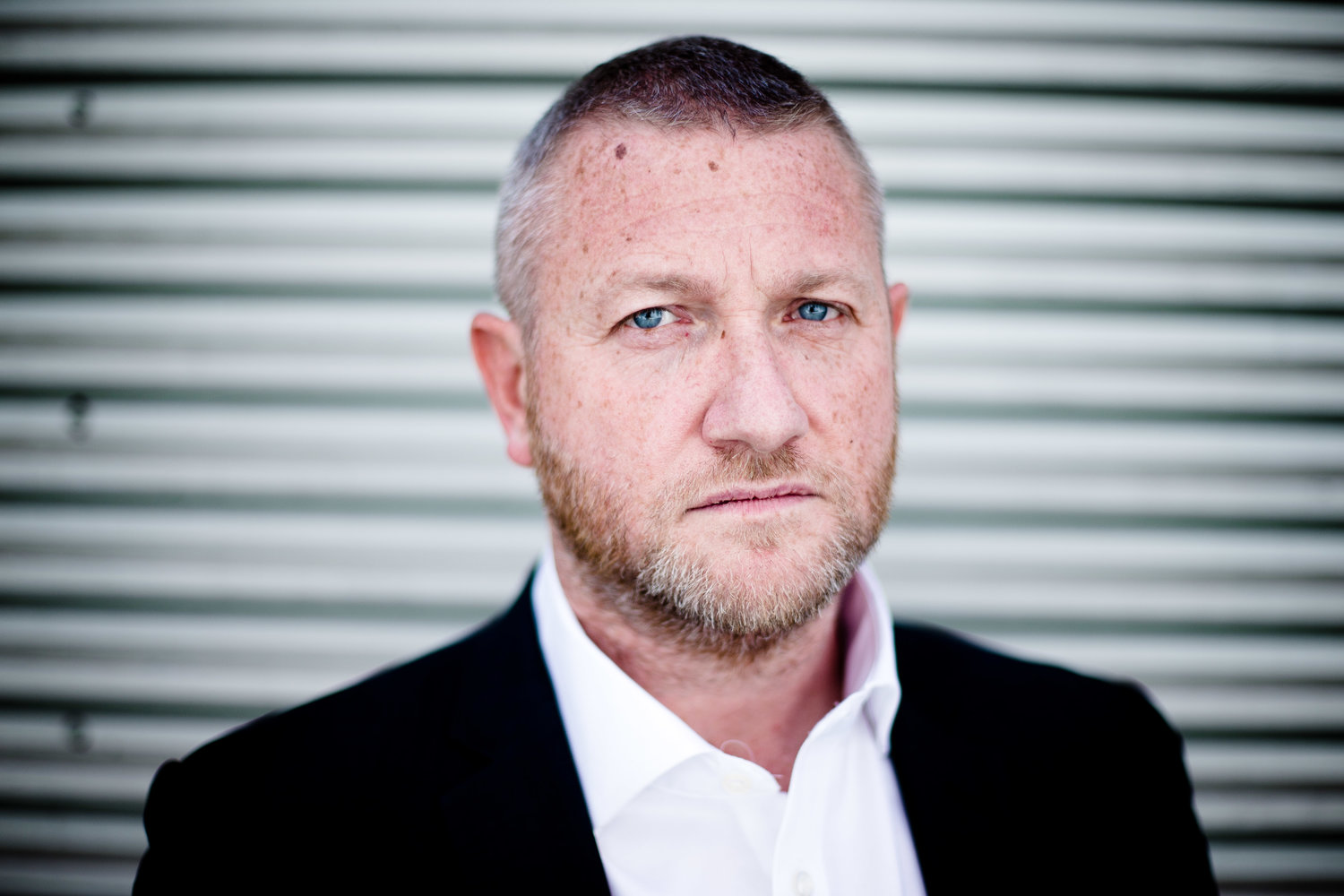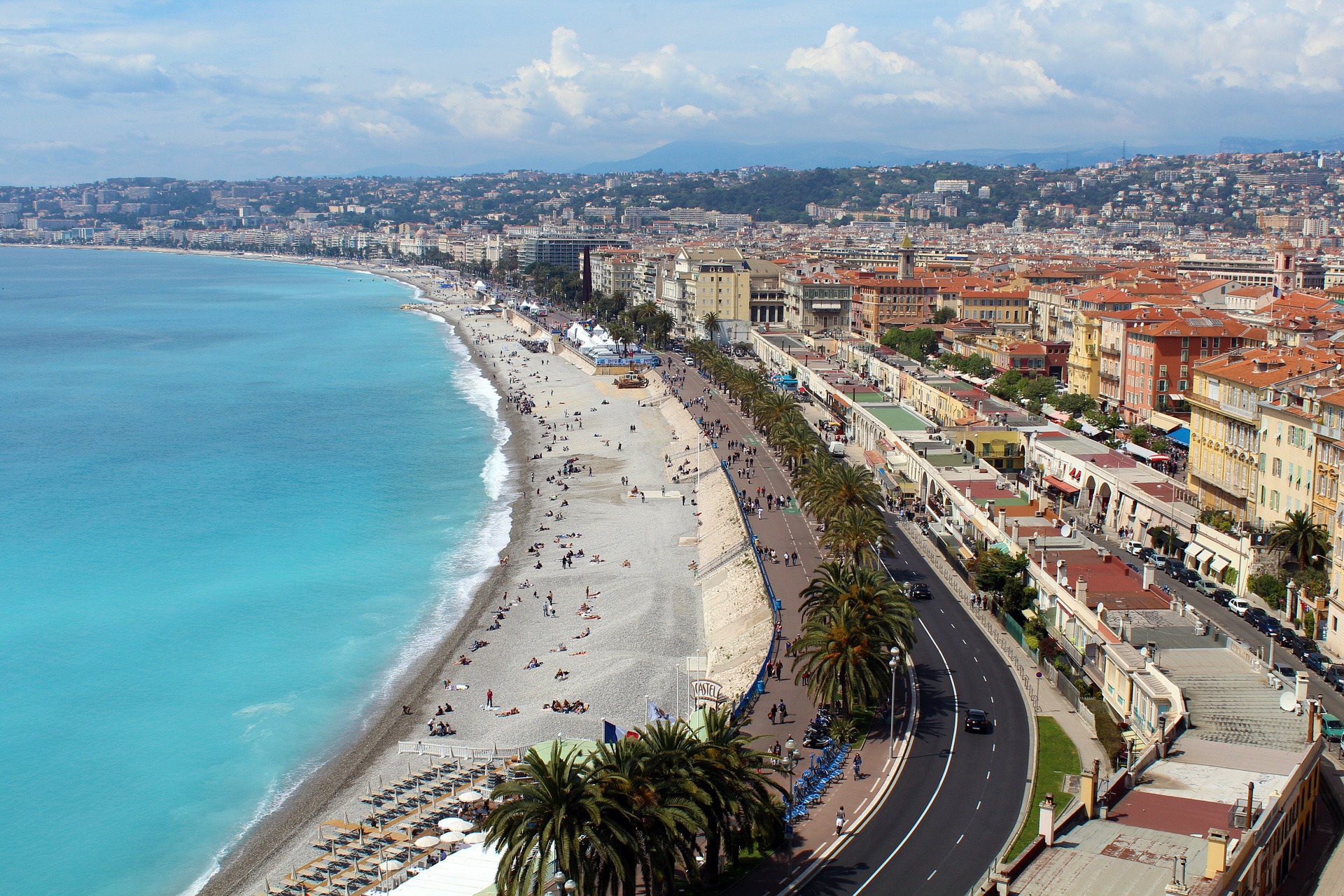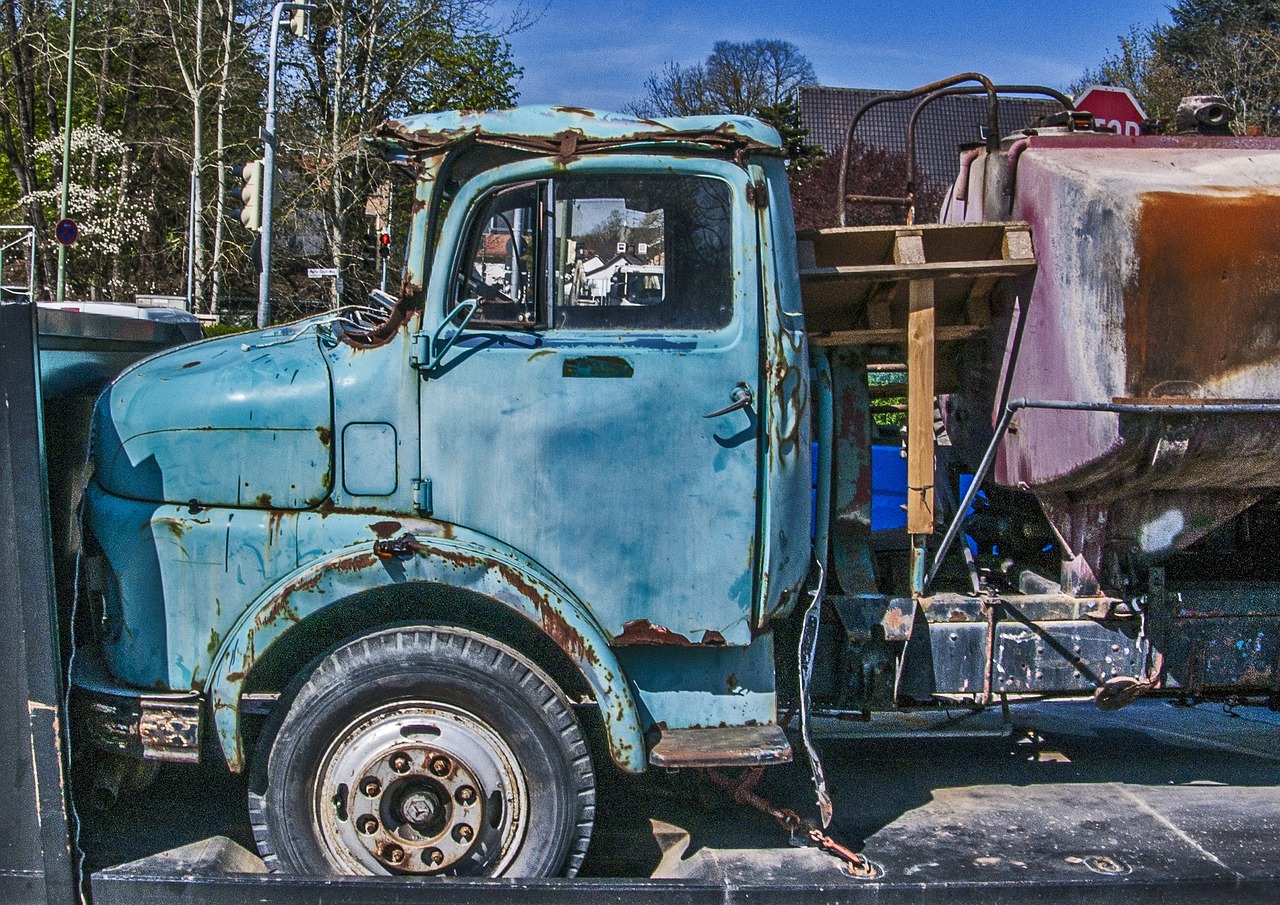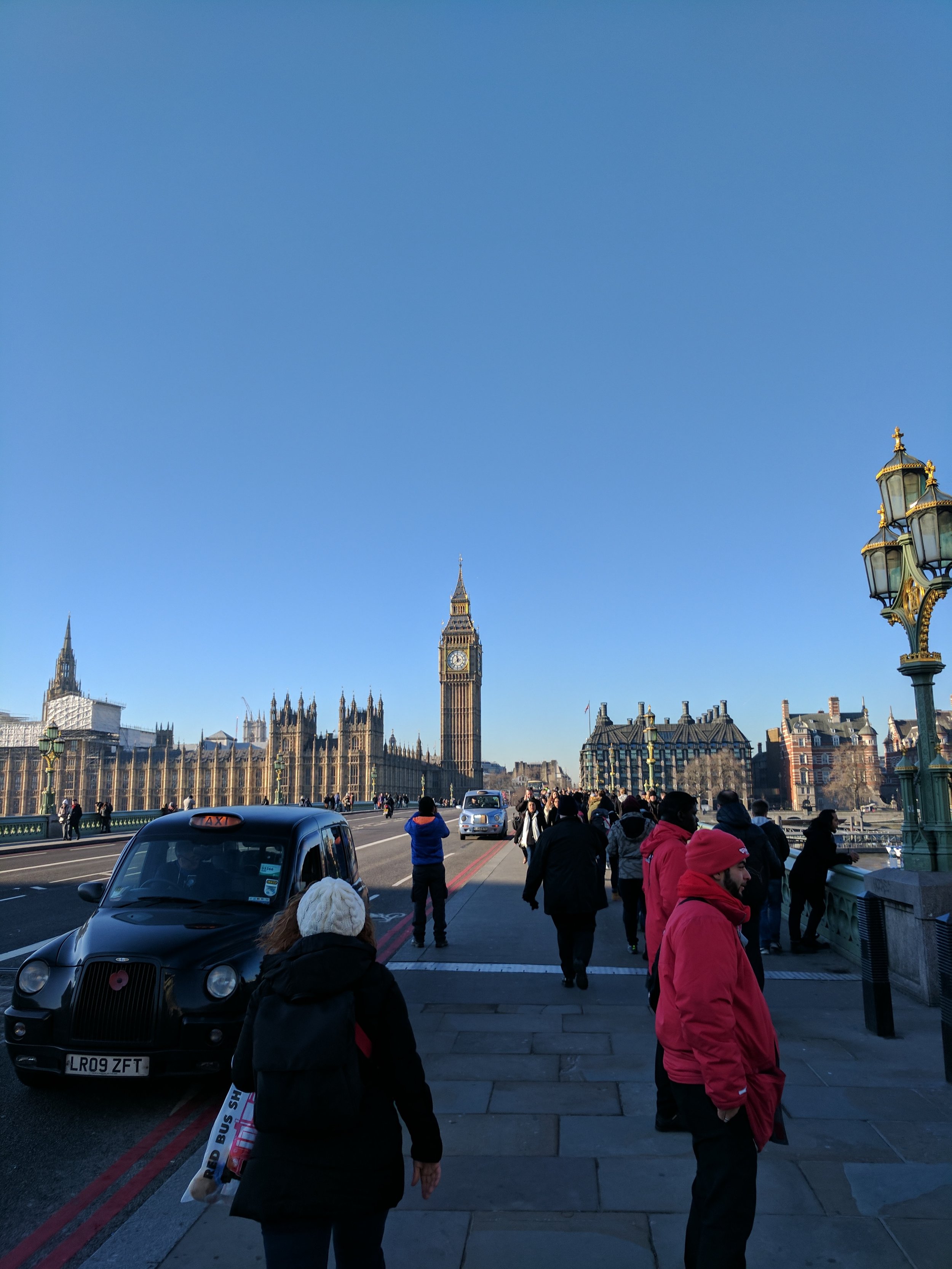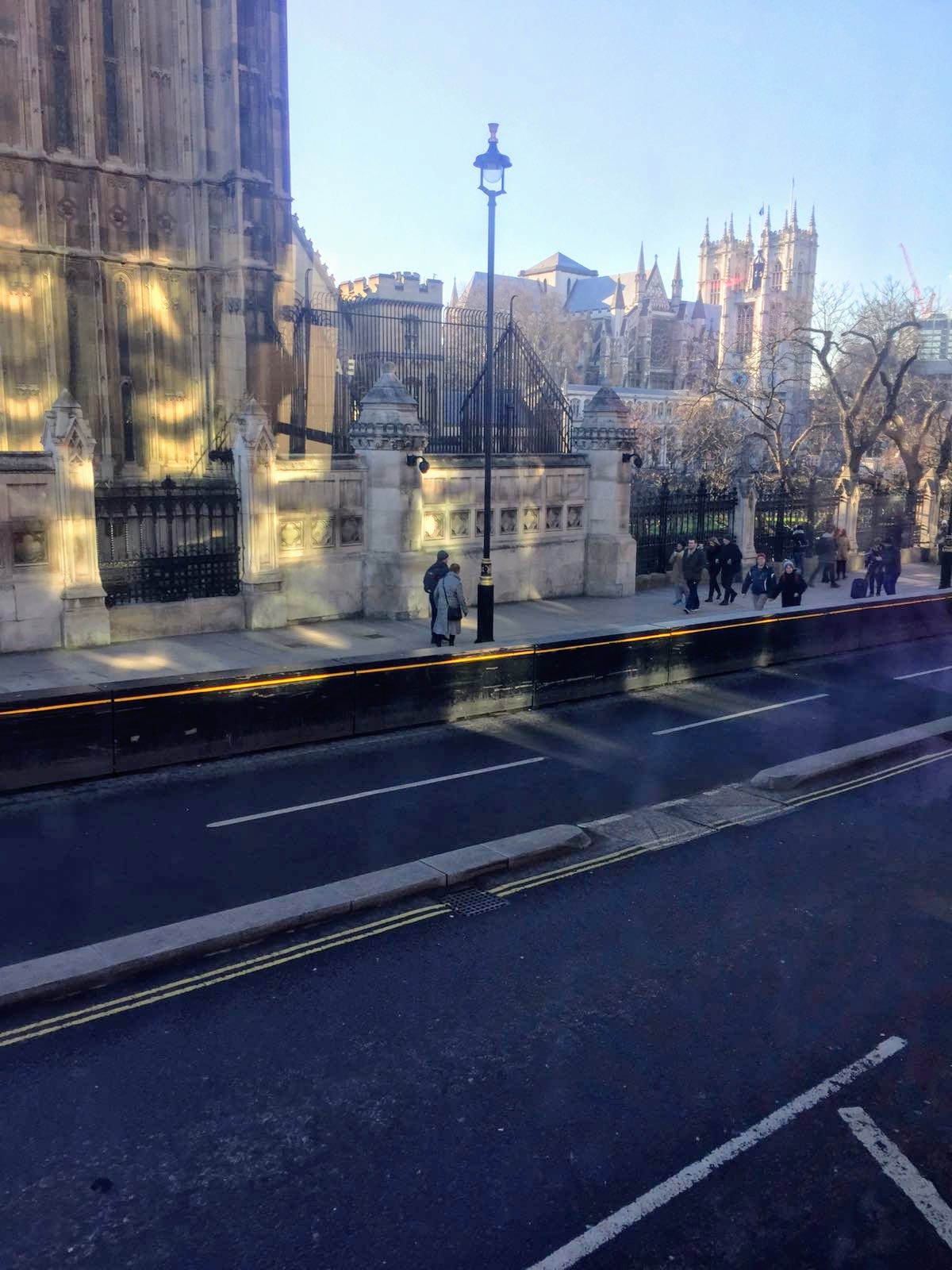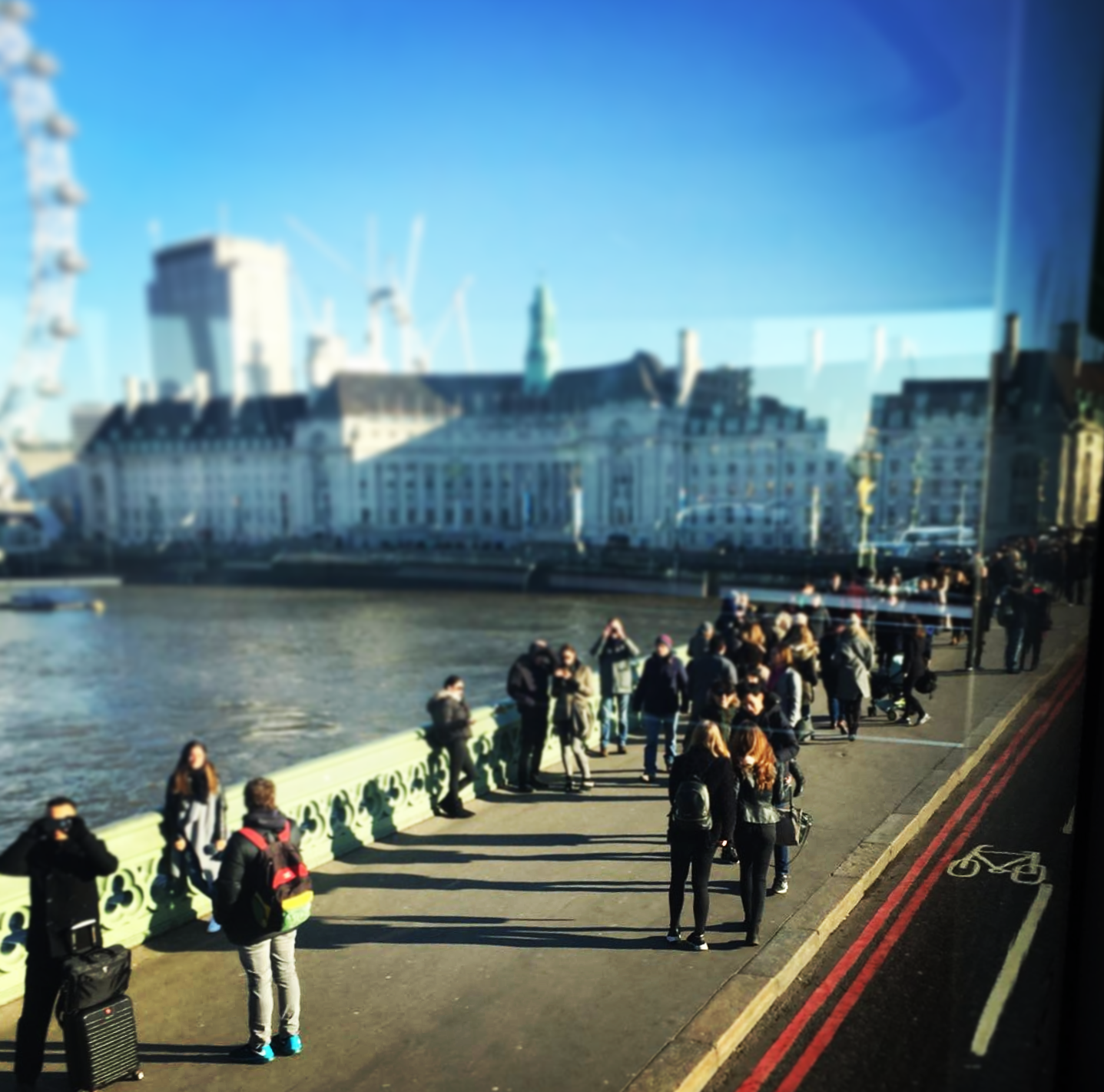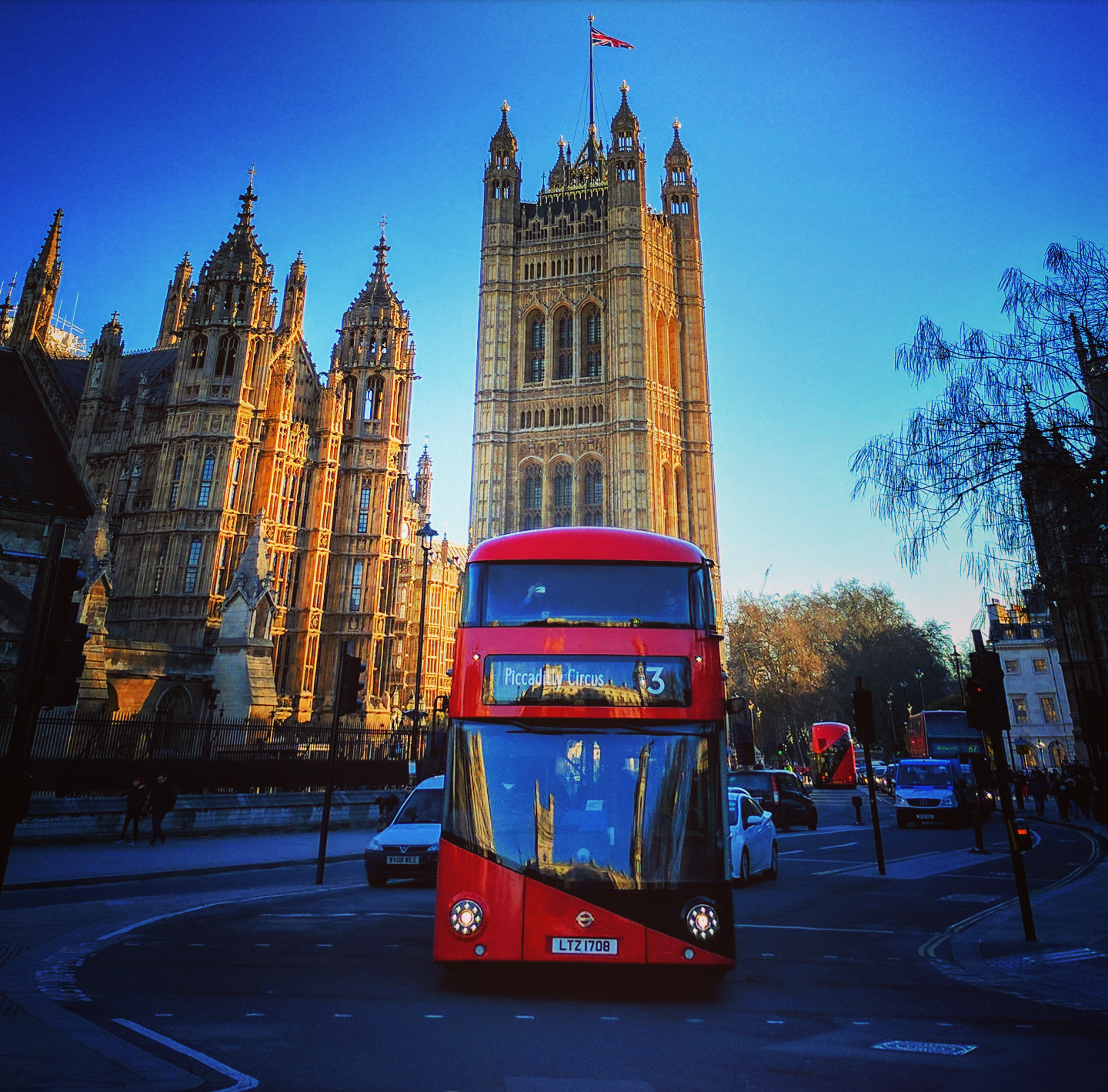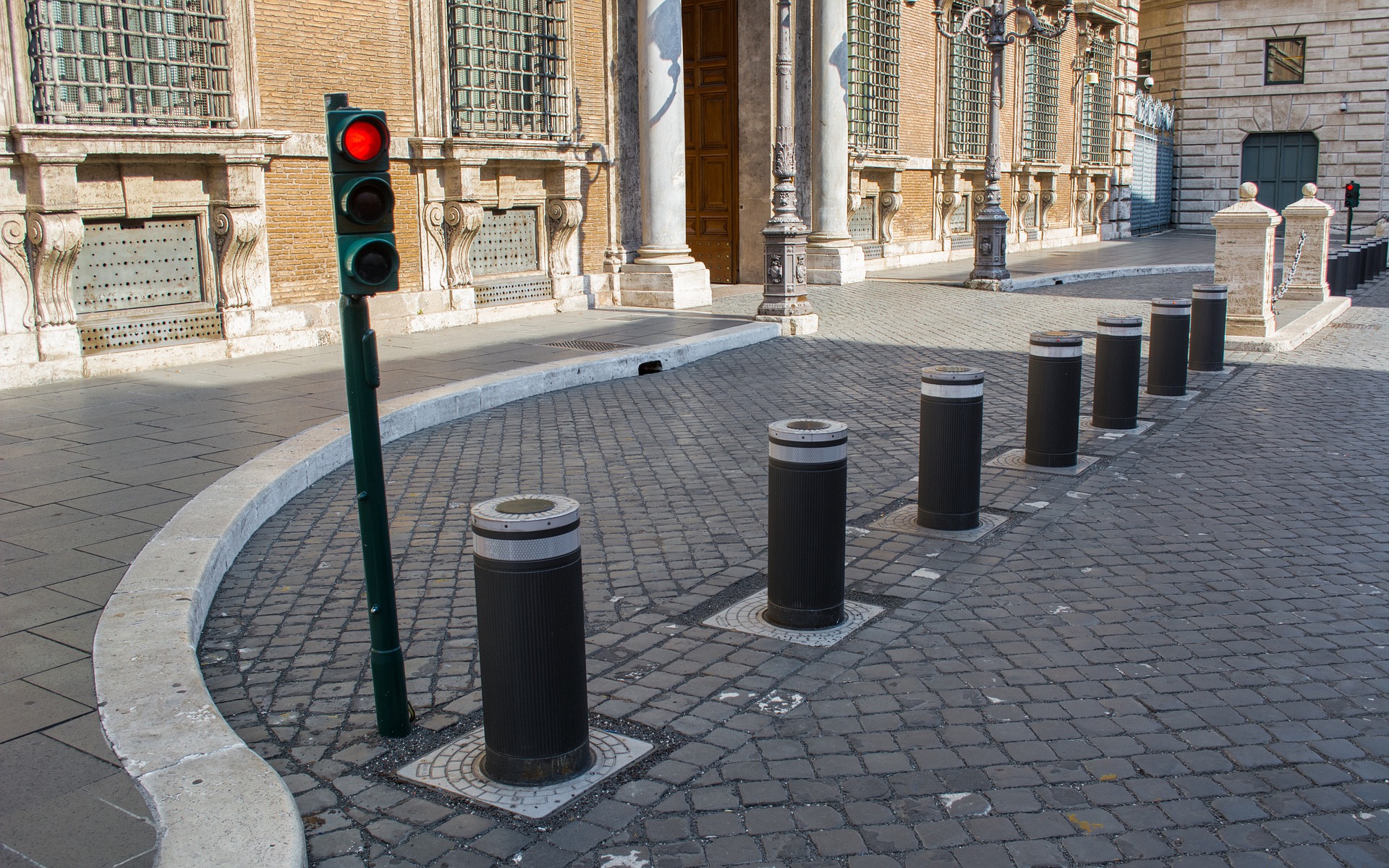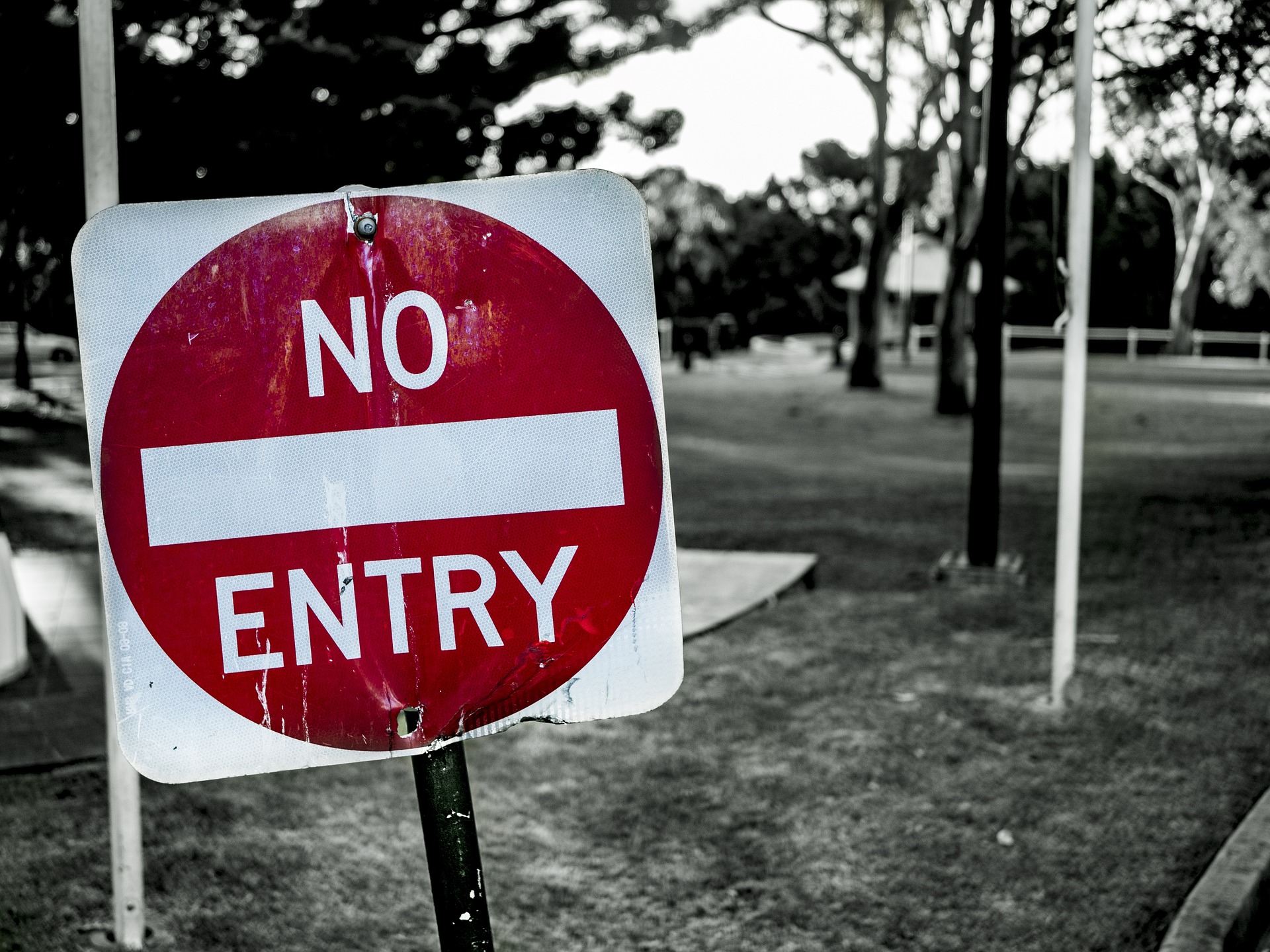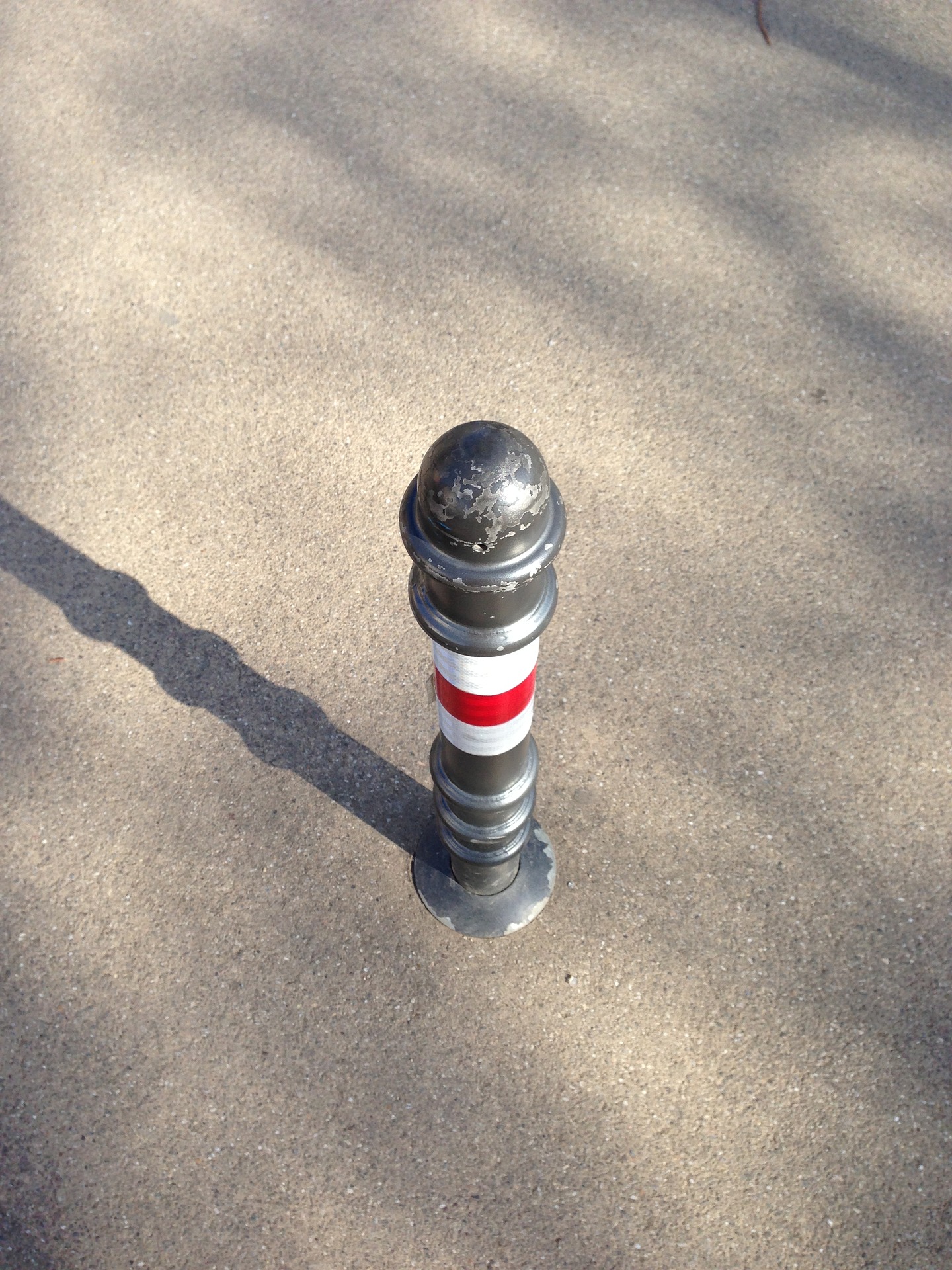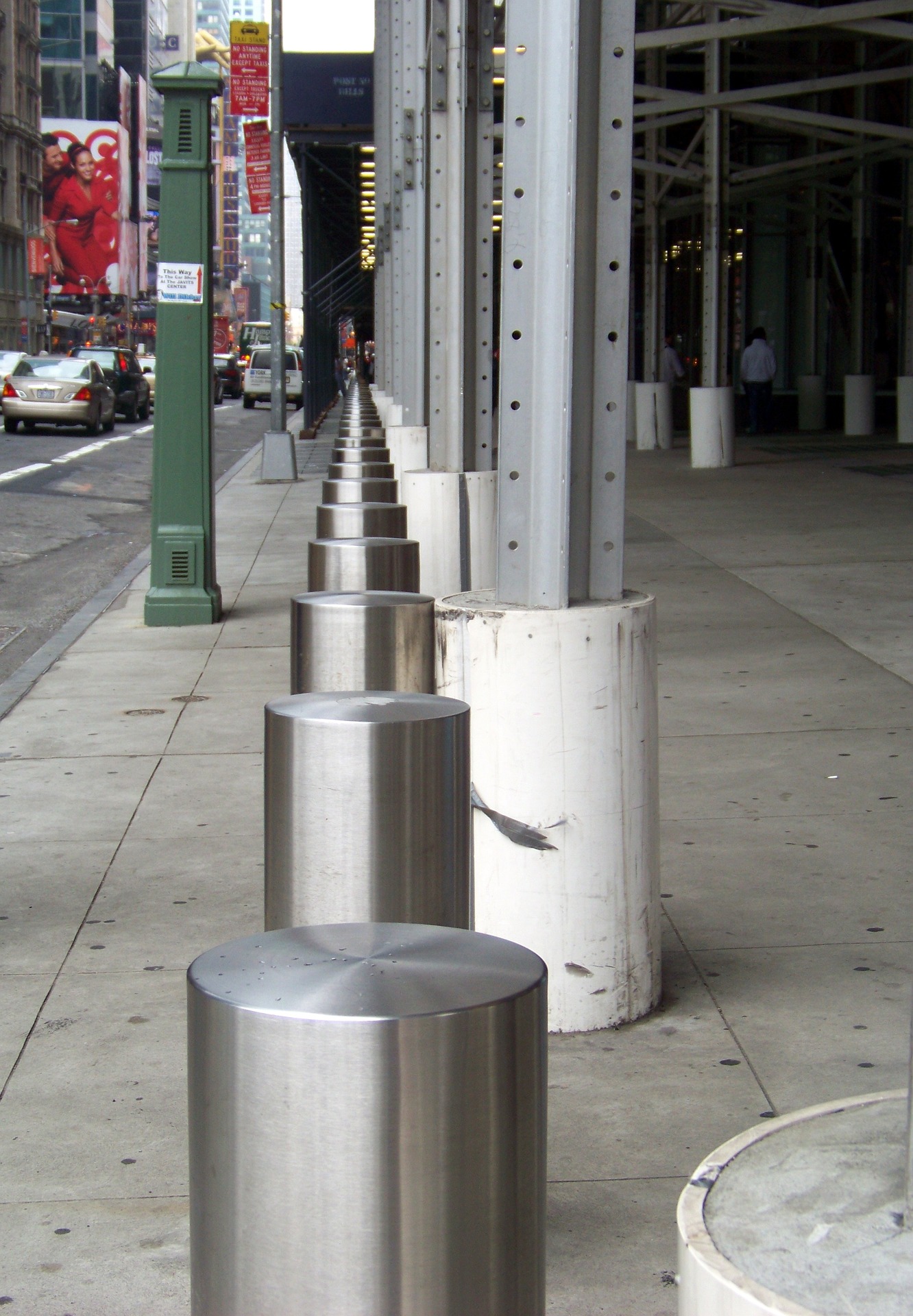All change for terror targets: People not premises
On 14th July 2016, just after the end of the Bastille Day fireworks display, a 19-tonne cargo truck was deliberately driven into the crowds celebrating on the Promenade des Anglais in Nice, France.
It was a terror attack, carried out by a man pledging allegiance to Islamic State. The attack resulted in the deaths of 86 people, while 434 were injured.
It marked a new phase for terrorism in mainland Europe. Until that point, terror attacks had traditionally been carried out by perpetrators using explosive devices and firearms.
During the eighties and nineties, trucks laden with explosives became the attack of choice for the IRA and many Islamist-based terror groups in the Middle East and Africa. Vehicles were mainly used for the delivery of explosive devices to a target, rather than as an actual weapon themselves.
But, as our security services and police became more proficient at spotting, in advance, those purchasing or acquiring the precursor materials for explosives - terror groups changed their approach.
Fuel as an explosive
The new millennium saw a variation in vehicle borne terror attacks. Instead of being laden with specially prepared explosive material, vehicles began being used as incendiary devices themselves. Vehicles carrying large quantities of fuel and flammable material were chosen.
The attacks on the United States in 2001 were the start of this phase. The planes, heavily laden with fuel, were intended as incendiary devices when they hit their targets.
In March 2002, two cars were rammed through the courtyard gates of the prayer hall of a synagogue in Lyon, France. The vehicles were then set on fire causing severe damage to the synagogue. Then, in April 2002, a lorry carrying natural gas exploded outside the ancient El Ghriba synagogue on the Tunisian island of Djerba; this vehicle was fitted with a small explosive device to ignite the gas contained within.
Traditional, explosive-based terror returned to Europe in 2004 (Madrid) and 2005 (London), This may have been a passing phase which diverted our attention away from vehicle borne attacks.
In 2006, death by vehicle became the weapon of choice again for terrorists. An Iranian-American drove a sports utility vehicle into crowds of students on campus at the University of North Carolina. He injured 33 people.
He later confessed to it being a terror attack to ”avenge the deaths of Muslims worldwide” and to ”punish” the United States government. A surge of similar attacks then took place in Israel, perpetrated by Palestinian-based terrorists in 2008. They continue to this day.
In May 2013, Lee Rigby was run over by two terrorists before being decapitated on a busy south London street. The vehicle was used to disable and maim him, the aftermath largely a show piece.
So, should we have seen Nice coming? I think perhaps we should have done. At the end of 2016, a lorry was hijacked in Berlin, its driver killed, and the lorry driven through a crowded Christmas market by a terrorist. The attack left 12 people dead and 56 others injured.
When I look at the streets where I live in London, I see important buildings with protective barriers around them, a throwback to the nineties in our attempts to stop IRA vehicles laden with explosives, getting too close to key sites and blowing them up.
Historically, the IRA’s mainland campaign targeted our buildings and infrastructure rather than people. But those days appear to have long gone. Causing as many deaths as possible, targeting lives and not infrastructure, is what today's terrorists do.
Pedestrians not Parliament
Yesterday I walked around Portcullis House and the Houses of Parliament. Both are heavily protected from a vehicle attack, Metal posts, concrete barriers and armed police all stand in the way. Though all of this protection is based on our experience of the IRA, we are largely oblivious to what is unfolding before our eyes in Europe.
On the opposite side of the street from Parliament and Portcullis house, hundreds of tourists stand on wide pavements, staring up at the sky, oblivious to the traffic, taking photos of the Elizabeth Clock Tower that houses Big Ben.
These tourists are completely unprotected from the road by anything. No barriers, no obstructive street furniture; just wide open pavements on long straight roads.
We need the government to take a serious look at this, before it is too late. The warning signs are there, the tactics have changed.
We need to look how we can protect pedestrians, as it those who are now the targets, not our buildings.
Let’s now focus on people not premises.
